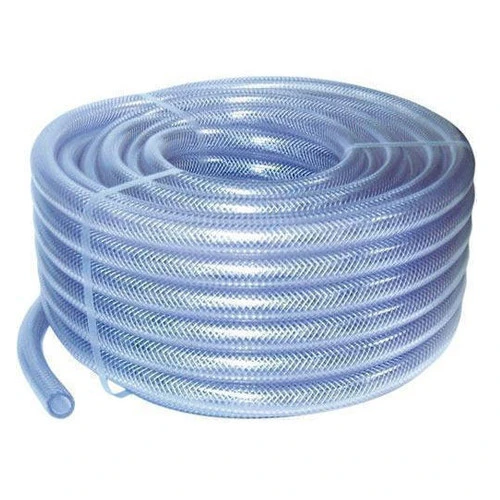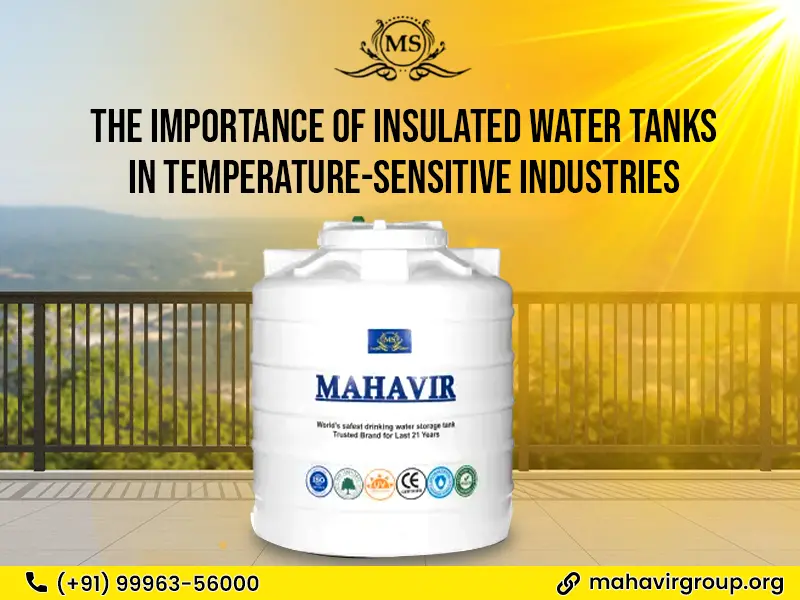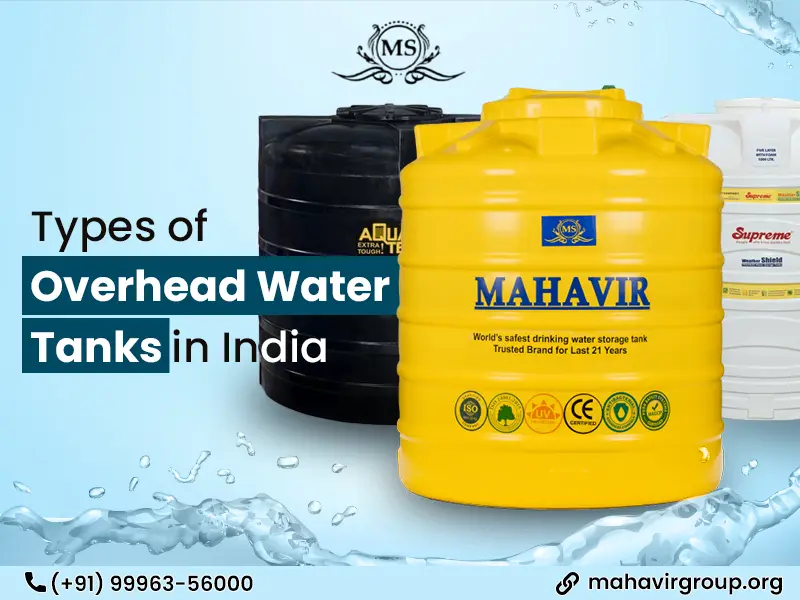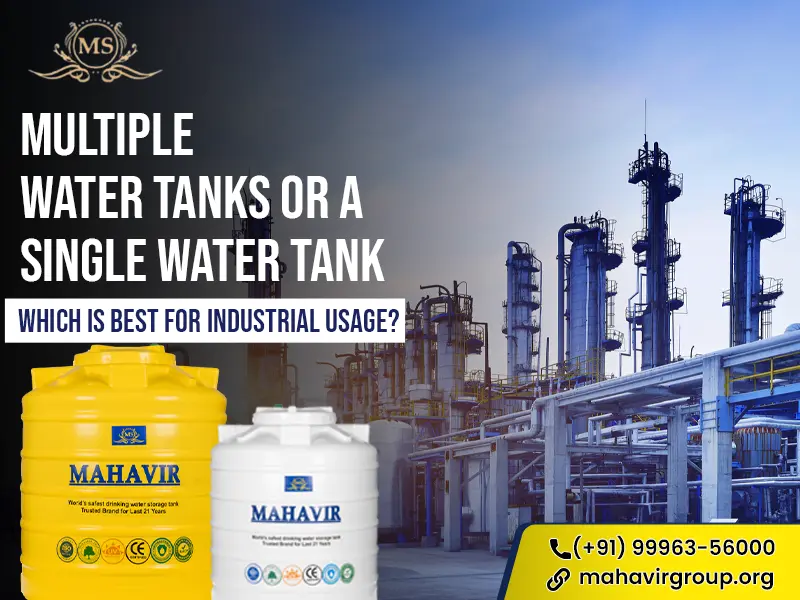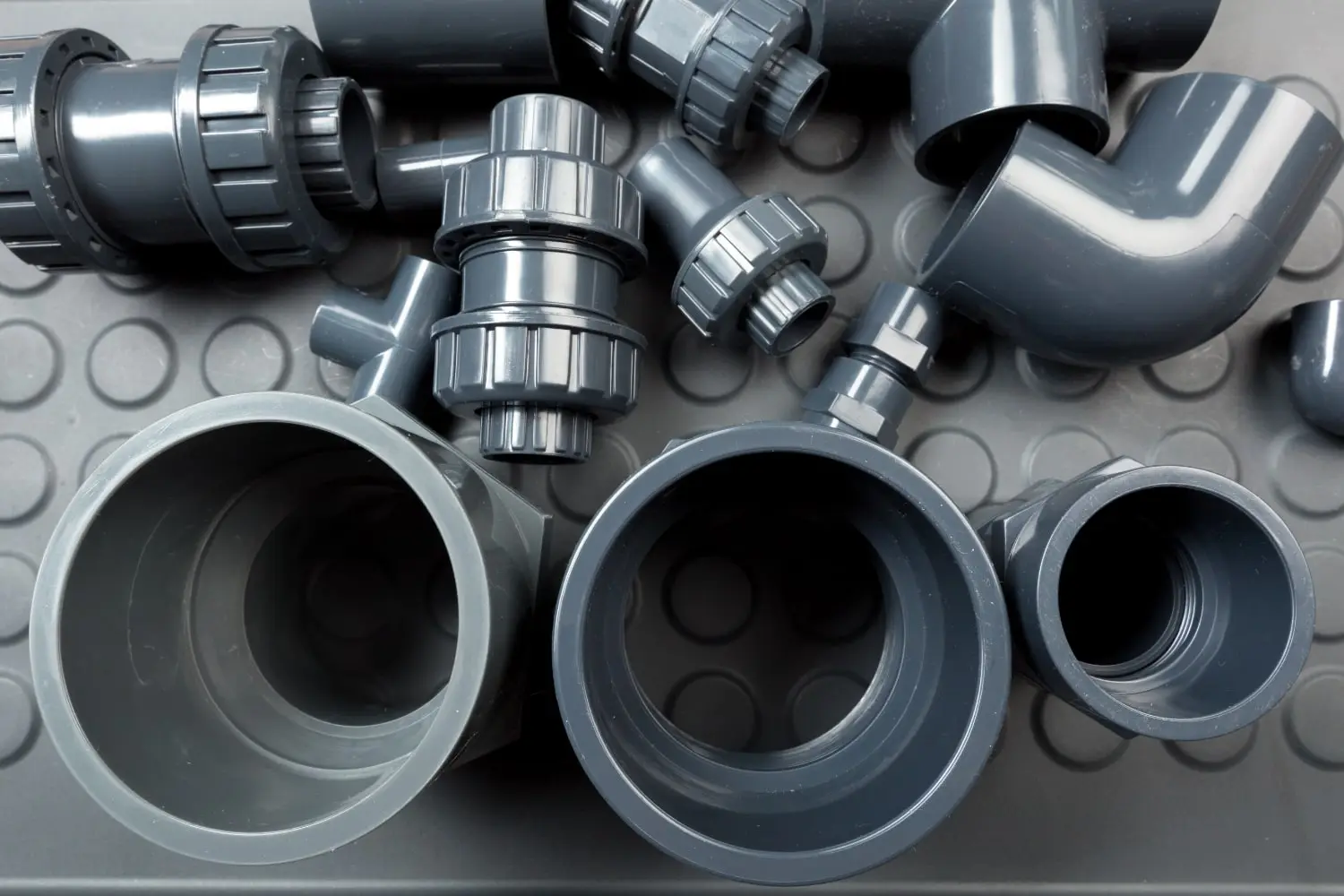When you think of a flourishing garden, you often picture vibrant flowers, lush greenery, and a peaceful retreat from the hustle of daily life. Yet, what underpins the health and beauty of any garden is the unseen hero: a quality garden hose pipe.
Whether you’re nurturing delicate flower beds, managing a vegetable patch, or just keeping your green space hydrated, the right hose pipe and fittings makes all the difference.
It’s a vital accessory that delivers the essence of life to your garden—water. Beyond utility, a good garden hose pipe can transform the act of watering into a pleasant, meditative activity.
Why Quality Matters
Table of Contents
ToggleWhen you’re shopping for a garden hose pipe, quality should be at the top of your list.
A good hose pipe will last you several seasons, resist kinks, withstand weather changes, and maintain good water pressure.
Let’s explore the features that make for the best garden hose pipe for your green space.
Choosing the Right Material
When it comes to maintaining a lush and beautiful garden, the importance of a reliable water supply cannot be overstated.
Central to this supply is the humble garden hose pipe, a tool that many may overlook, yet its choice can make or break your gardening experience.
The material from which a hose pipe is crafted plays a pivotal role in its performance, durability, and suitability for your garden’s unique demands.
Let’s understand the common materials used in hose pipes and understand what sets each apart:
Rubber Hose Pipes
Durable and flexible, rubber hoses withstand heavy use and extreme weather, making them ideal for serious gardeners.
They handle hot water without damage and maintain their shape, even with rough handling, though they do come with a higher price and more weight.
Vinyl Hose Pipes
Lightweight and economical, vinyl hoses are great for simple watering jobs in small gardens.
They come in various colors, but are prone to kinking and can break down faster when exposed to the sun or cold.
Reinforced Hose Pipes
A hybrid option, reinforced hoses resist kinks due to their layered materials and are tougher than vinyl.
They offer a combination of flexibility and strength, good for moderate use, and generally cost less than premium rubber options.
Length and Diameter
The length of your hose pipe should be based on the size of your garden.
A common mistake is buying one that’s too long, which can decrease water pressure and become difficult to manage.
Hose pipes typically range from 25 to 100 feet. As for diameter, standard sizes are 1/2, 5/8, and 3/4 inch, with 5/8 inch being the most common for home use, balancing flow rate and pressure.
Fittings and Nozzles
The fittings are where the hose connects to the water source and nozzles. Brass fittings are more durable than plastic. Look for a hose with octagonal-shaped fittings for easier attachment. Nozzles control the water flow and spray pattern; adjustable ones offer versatility for different tasks.
Ease of Use and Storage
Consider how you’ll store the hose. Hose reels or carts can make it easier to manage and protect your hose. Look for features like an easy-to-turn handle and a guide to distribute the hose evenly when winding.
Maintenance and Care
Maintaining your garden hose pipe is essential to ensure it serves you well season after season.
A little effort in caring for your hose can go a long way in preventing leaks, preserving its integrity, and extending its life.
Here’s how to keep your hose in top condition:
- Drain water to avoid internal pressure buildup and potential damage.
- Store in a shaded place to prevent the sun from weakening the material.
- Keep clear of sharp objects that could puncture or tear the hose.
- Use a hose reel for easy storage and to avoid tangles and kinks.
- Bring indoors during freezing weather to avoid material damage.
- Inspect regularly for wear and fix small issues before they worsen.
Sustainability and Cost-Effectiveness
Investing in good quality hose pipe and fittings means less waste and fewer replacements.
While rubber hoses may be pricier upfront, their durability makes them more cost-effective in the long run. Vinyl hoses are more economical but may need to be replaced more often.
Mahavir Group – A Tradition of Quality
In your journey to find the perfect garden hose pipe, consider the Mahavir Group.
With years of experience providing quality garden tools and accessories, we understand the importance of reliability and performance.
By choosing Mahavir Group, you invest in your garden’s future, ensuring that it remains a blossoming and welcoming space for years to come.
Take the time to consider the factors discussed, and you’ll be sure to find hose pipe and fittings that fits your garden’s specific needs and lasts for many seasons of growth!


